Port wine, a fortified wine from the Douro Valley in Portugal, is celebrated for its rich variety of styles, each offering a unique tasting experience. Among these, Taylor Port and Tawny Port represent two distinct categories that often lead to comparison due to their noteworthy characteristics and flavor profiles.
Understanding the differences between these ports is essential for both aficionados and newcomers to appreciate their production nuances and the various ways they can be enjoyed.
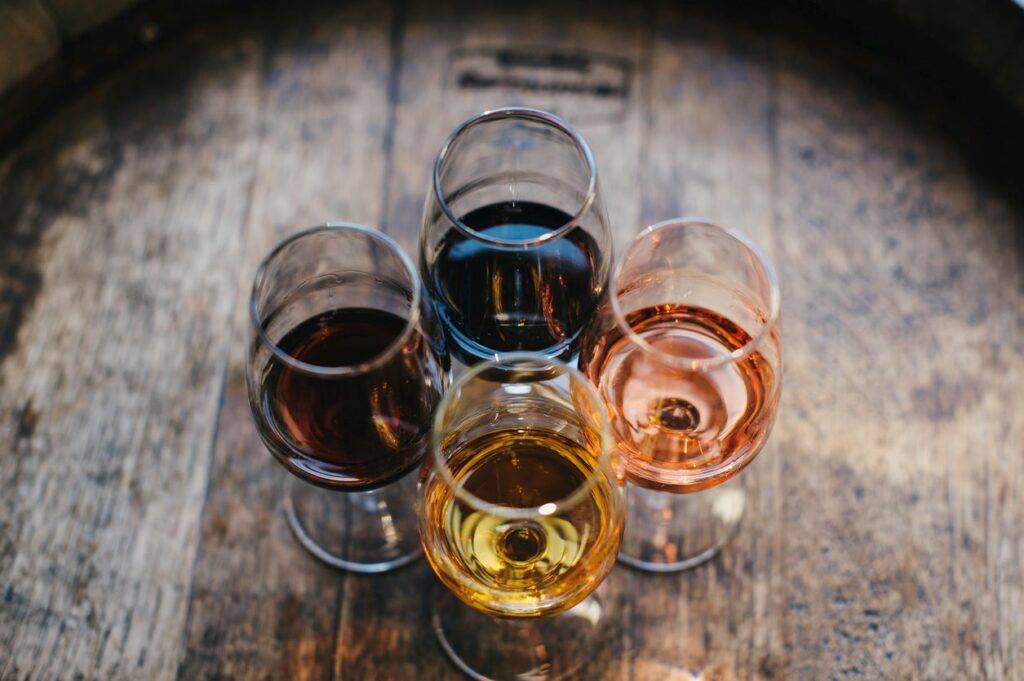
Taylor Port, commonly associated with the brand Taylor Fladgate, usually refers to a range of Ruby Port wines that are known for their deep color and fruity, intense flavor. These ports are very young wines bottled relatively young and retain much of the richness and vibrancy of the grapes.
In contrast, Tawny Port is aged in wooden barrels, allowing prolonged exposure to oxygen, which imparts a characteristic nutty flavor and a subtle, elegant complexity. Over time, this aging process also mellows the wine and translates into its tawny coloration, a hallmark of this style dessert wine.
Key Takeaways
- Taylor Port is a fruity and vibrant style, typically indicative of Ruby Port.
- Taylor port wine is bottled young with minimal oxygen contact preserving its fruit forward style.
- Tawny Port is aged in oak barrels, gaining a nutty flavor and tawny hue.
- Oak barrels allow oxygen to get into contact with the port wine leading to its nutty taste.
- The choice between Taylor and Tawny Ports depends on personal taste and the occasion for serving.
Understanding Port Wine
Port wine is a rich and storied fortified wine with diverse styles and an intricate production process. The key elements defining port wine are its fortified nature, the specific grapes used, and the aging process that imparts complex flavors.
Port Wine Styles
Ruby Port: Often recognized for its deep red color and bright fruit flavors, Ruby Ports are typically less aged, retaining their dark fruit tones, such as cherry and blackberry. They are usually the most affordable and are intended for early consumption.

Tawny Port: Tawny ports are known for their nutty aroma and caramel notes, developed through extended aging in wooden barrels. This process also lightens the wine’s color to a characteristic “tawny” hue. Flavors may include butterscotch, fig, and chocolate, and are often served chilled.
White Port: Made from white grapes, white ports offer a lighter and often less sweet profile compared to their red counterparts. They can range from intense sweetness to dry and are popular as an aperitif.
Fortified Wine Basics
Fortification: The fortification process involves the addition of brandy or a grape spirit, which boosts the alcohol content and stops fermentation early. This leaves residual sweetness in the wine, making most ports inherently sweet.

Aging: Ports are aged in barrels or bottles and the duration of the aging process varies widely among styles. Vintage ports spend less time in the barrel to preserve their fruitiness, whereas Tawny ports are aged longer to develop complexity.
Taylor Port Versus Tawny Port
When distinguishing Taylor Port from Tawny Port, wine enthusiasts should consider the differences in aging processes, coloration, and taste profiles. Both have distinct characteristics that cater to varied palates and occasions.
Color and Aging Process
Taylor Fladgate typically represents premium vintage ports, which are bottled after a short period aging in a vat and are designed to mature in the bottle. They exhibit intense, deep ruby colors, indicative of their youth and relatively short cask aging period. In contrast, Tawny Port, which is often aged for extended periods in wooden casks, takes on a tawny or amber hue. This color reflects the prolonged cask exposure that encourages oxidation and gradual evaporation, contributing to its unique coloration and character.
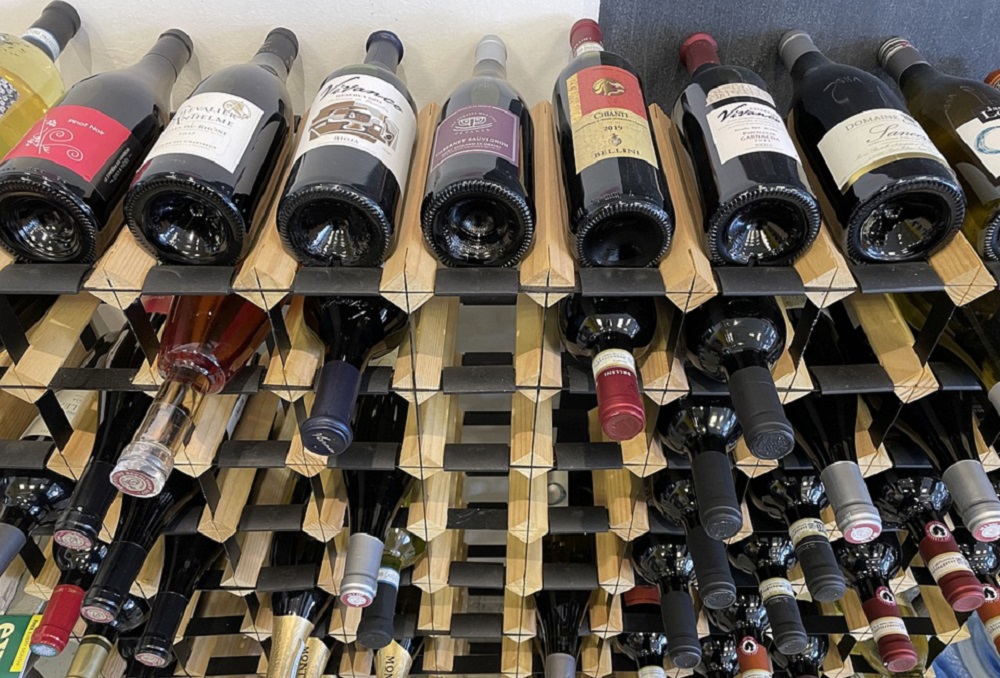
Taste Profile Comparison
Tawny wood aged ports possess a nutty, complex flavor profile accented with notes of dried fruits like raisin and hint of spice, due to the extensive aging in casks. They often exhibit smoothness and rich, woody characteristics that become more pronounced with age.
On the other hand, Taylor vintage ports feature an intense fruity character, retaining a vibrant, bold taste that highlights their quality and vintage nature. These vintage white ports also are known for their full-bodied experience and the potential to develop additional complexity over years in the bottle.

Food Pairing Suggestions
A well-aged Tawny Port pairs exquisitely with desserts featuring caramel, nuts, or dried fruits, accenting its inherent sweetness and complex palate. Cheeses, such as a blue Stilton, harmonize with its nutty undertones, creating a remarkable pairing experience.
Conversely, Taylor vintage ports, with their potent and ruby-colored vibrancy, complement rich, chocolate desserts and robust cheeses, elevating the intensity of both the wine and the dish.
Production and Terroir Influence
The intricate process behind the production of Taylor Port and Tawny Port, as well as the significant influence of terroir, is pivotal to each wine’s unique profile. Central to this profile are the indigenous grape varieties of Portugal and the distinctive environment of the Douro Valley.

Grape Varieties
Both Taylor Port and Tawny Port originate from a blend of Portugal’s native grape assortments. Touriga Nacional, Touriga Franca, and Tinta Roriz stand at the forefront, revered for their dense, tannic natures and intense aromatics. These varietals contribute to the rich, bold flavors of Taylor year old tawny Port, which often showcases notes of black fruit and spices.
For Tawny Port, the protracted aging conjures a subtler complexity where the essence of nuts and dried fruit can emerge more prominently.
Portugal’s Douro Valley
The Douro Valley, the oldest demarcated wine region in the world, cradles these native grapes in its terrace vineyards, meticulously carved along the serpentine Douro River.
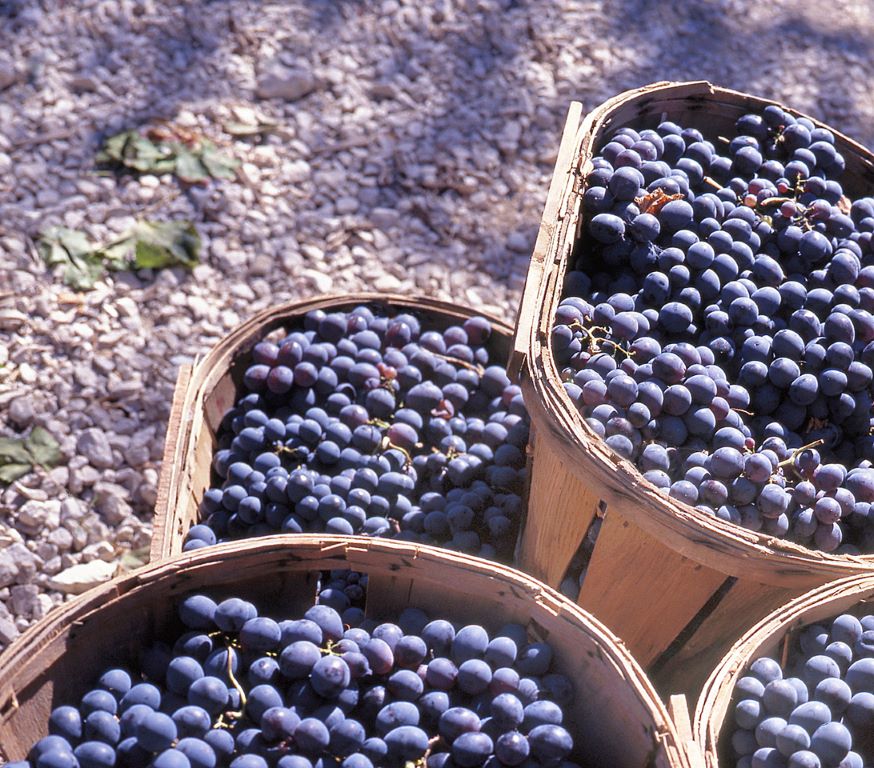
The valley’s terroir—a symbiosis of its soil, topography, and climate—is instrumental in crafting Port with remarkable depth. The schistous soil and the temperamental microclimates across the valley yield wine with concentrated flavors sought after by wine enthusiasts globally.
Wineries in the region harmonize traditional techniques with modern expertise to preserve the essence of the Douro, ensuring that each bottle epitomizes the valley’s storied winemaking legacy.
Choosing and Serving Ports
When selecting and serving port wines, the distinction between styles and the proper serving method enhances the tasting experience. Understanding the nuances in flavor profiles and aging processes is crucial for both the connoisseur and the casual drinker.
Deciphering Port Labels
Decoding a port wine label is key to making an informed choice. A Vintage Port represents the pinnacle of port wines, often commanding a higher price due to its quality and aging potential.
Comparatively, Tawny Port undergoes extended aging in oak casks, leading to its characteristic walnut and leather flavors. Ruby Port, on the other hand, is fresher, fruitier, and typically less expensive.
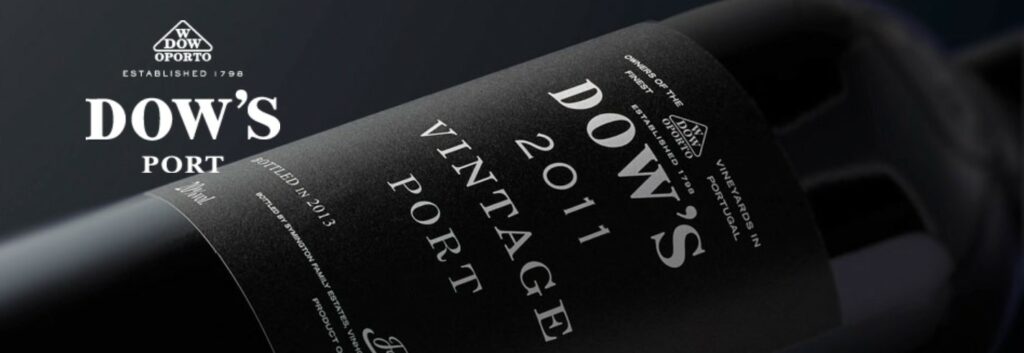
An LBV (Late Bottled Vintage) offers a similar taste to Vintage Port but is more accessible. Colheita is a tawny port from a single 40 year old can, while White Port provides a lighter option.
Brands like Kopke, Fonseca, Niepoort, Warre’s, Graham’s, and Taylor Port are all reputable producers, each bringing its own unique touch to the table.
Serving Guidelines
When serving port wine, temperature and glassware are paramount. Vintage Port should be served in glass or at room temperature to accentuate its full-bodied nature and complex flavors.
Tawny Port and Ruby Port can be enjoyed slightly chilled to enhance their acidity and flavors.
The standard pour for a port wine is approximately 60ml, reflecting its richness and higher alcohol content.
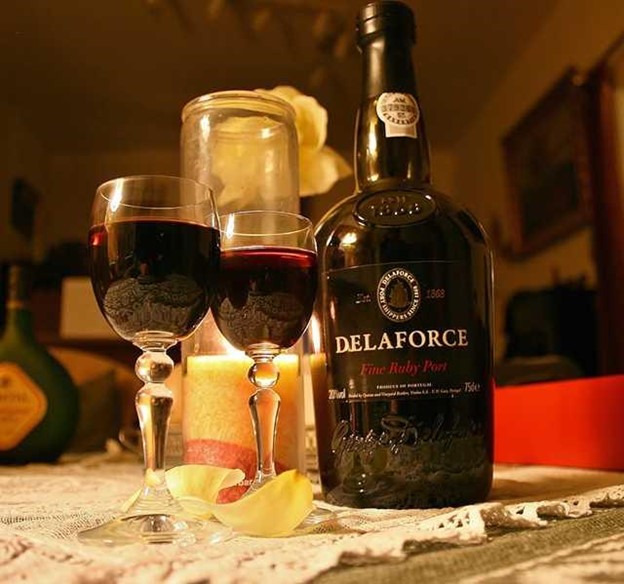
Pairing port wines with food can elevate a meal, with Tawny Port wines going well with nutty, caramel desserts, and Ruby Port complementing rich chocolate or cheese.
Frequently Asked Questions
Port wine connoisseurs often debate the nuances between different styles of this fortified wine. Understanding these distinctions can enhance one’s appreciation for the diverse profiles each type of porto offers.
What distinguishes the taste of Taylor Port from Tawny Port?
The taste of Taylor Port is characterized by its rich, fruity flavors, often presenting a sweeter and more robust profile. Meanwhile, Tawny Port undergoes extended aging in wooden casks, yielding a nuttier, more complex taste and a signature reddish-brown hue.
How does Taylor Tawny Port differ in alcohol content from other port wines?
Taylor Tawny Port’s alcohol content is typically around 18%, which is consistent with many other port wines. Ports are fortified residual sugar, leading to a higher alcohol percentage than non-fortified wines.
What is the main difference between Ruby Port and Tawny Port?
Ruby Port, compared to Tawny Port, maintains a deep red color and berry fruit flavors, indicative of its shorter aging period. In contrast, Tawny Port is aged longer in barrels, allowing oxidation to mellow the wine and impart a refined, oaky, and complex character.
How does the sweetness of Taylor Tawny Port compare to other port styles?
Taylor Tawny Port exhibits a balance of sweetness and acidity, often appearing less sweet than Ruby Port. It provides a sophisticated sweetness that is complemented by mature, nutty flavors.
Can you describe the taste profile of Taylor’s Tawny Port?
Taylor’s Tawny Port is notably characterized by its aged complexity, presenting flavors of dried fruits, nuts, and hints of caramel or chocolate, refined over years of cask aging.
What are the typical grapes used in the production of Port wines?
Port wines are typically made using a blend of grape varieties native to Portugal, including Touriga Nacional, Touriga Franca, and Tinta Roriz. These grapes contribute to the intense, full-bodied nature of Port wines.

